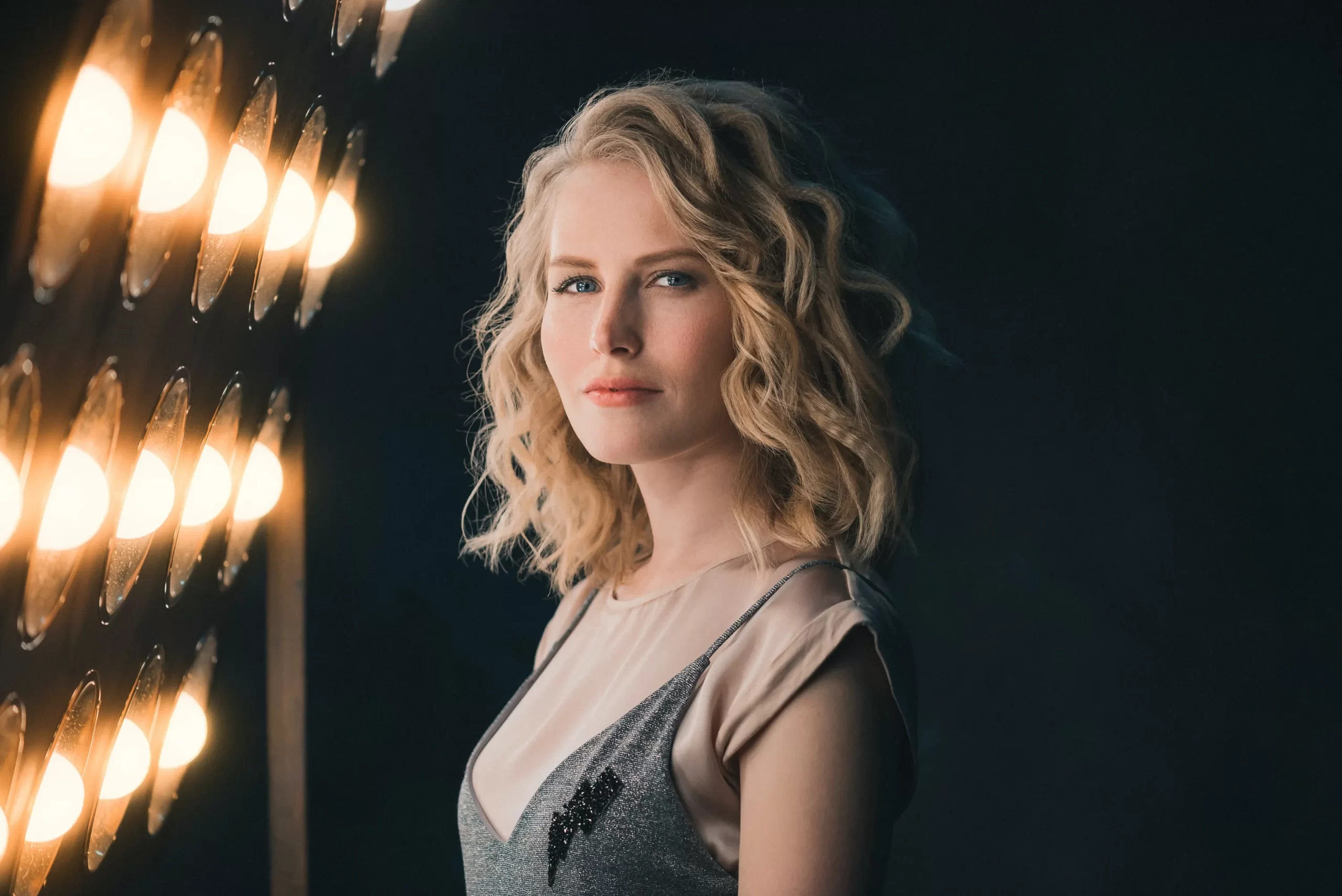Lighting is a critical element in portrait photography, as it has the power to transform an ordinary image into a stunning masterpiece. To achieve the ultimate portrait lighting setup, photographers must understand the different lighting techniques, equipment, and their effects on the subject. In this article, we will provide you with insider advice on how to prepare for the ultimate portrait lighting setup, ensuring you capture professional-quality portraits that leave a lasting impact.
Understanding Key Light and Fill Light :
The key light is the primary light source that illuminates the subject, creating highlights and shadows. It sets the mood and defines the overall look of the portrait. The fill light, on the other hand, is used to fill in the shadows created by the key light, ensuring a well-balanced exposure. To achieve the ultimate lighting setup, it’s crucial to understand the interplay between the key light and fill light and how they affect the subject’s appearance. Experiment with different positions and intensities of these lights to create the desired look and mood.
Exploring Different Lighting Setups :
There are various portrait photography lighting setup use to elevate their portraits. Some popular setups include the classic three-point lighting, Rembrandt lighting, butterfly lighting, and loop lighting. Each setup offers a unique style and can be used to highlight different facial features or create specific moods. Experiment with different lighting setups to add variety and depth to your portraits. By mastering these setups, you can create captivating images that stand out from the crowd.
Choosing the Right Lighting Equipment :
To achieve the ultimate portrait lighting setup, it’s essential to invest in quality lighting equipment. Start with a reliable and adjustable main light source, such as a light studio setup strobe or a continuous light. Additionally, consider adding modifiers like softboxes, umbrellas, or beauty dishes to control the direction and diffusion of light. These modifiers help create soft and flattering light that enhances the subject’s features. Don’t forget to invest in reflectors or bounce cards to manipulate and redirect light as needed. Having the right lighting equipment ensures you have the flexibility and control to achieve your desired lighting setup.
Mastering Light Placement and Angles :
The placement and angles of the lights play a significant role in shaping the mood and highlighting specific features of your subject. Experiment with different positions, distances, and angles of the lights to create depth and dimension in your portraits. Adjusting the height, angle, and distance of the lights can dramatically change the look and feel of your images. Take the time to observe how light falls on the subject’s face and experiment with different placements to achieve the desired effect.
In Short –
Mastering the art of the ultimate portrait lighting setup requires knowledge, practice, and a keen eye for detail. By understanding the key light and fill light, exploring different lighting setups, investing in the right equipment, and mastering light placement and angles, you can take your portraits to a whole new level. Remember, lighting is a powerful tool that can enhance the mood, emphasize features, and create captivating images. Continually experiment and refine your lighting techniques to develop your unique style and create portraits that leave a lasting impression on viewers.
